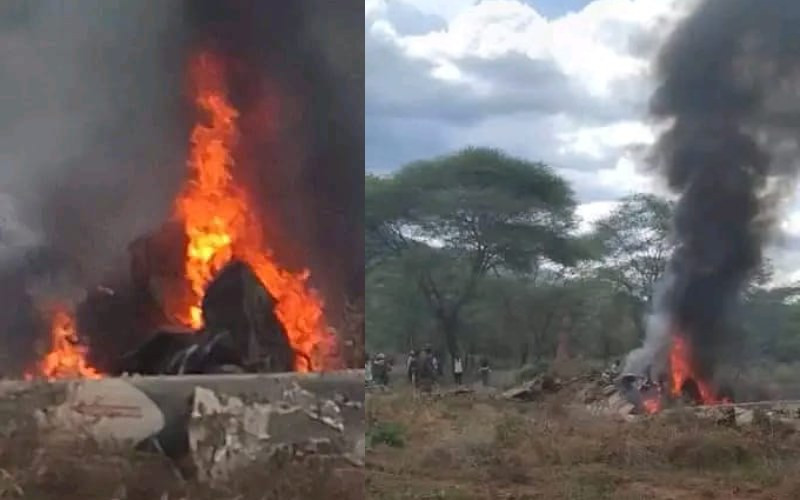I have a dream. Like Martin Luther King Jnr’s famous dream, it also has to do with my children.
I have a dream that my three children Kiseko, Ndunge and Musyawa will one day work in a city where they can get to work within minutes during rush hours. Once they complete university, they can live my dream in cities like Munich in Germany, Portland in USA and Singapore.
Munich has trains that leave every two minutes to various destinations within the city. These trains, together with the city’s subways are efficient hence saving time and lessening congestion. If my children end up in Munich, they will get to work within minutes.
Portland City, in the US, has multiple bike lanes and an efficient mass public transport system that runs every fifteen minutes for most of the day. I can imagine my children cycling happily to work without fear of being hit by a car. After 50 years, Kenya has arrived where Singapore’s public transport was at the time of its independence in 1965. Back then, the Asian country had multiple small scale players whose fragmented service delivery was recipe for chaos.
But all that changed in 1996 when the government unveiled a social contract that led to today’s highly efficient Mass Rapid System. The system ferries passengers via the ever-present trains, taxis and buses. My offspring would enjoy the rapid train rides to their places of work and arrive on time.
But my dream is not for the youngsters to enjoy mass rapid transportation only in these foreign cities, but right here at home in Kenya. Unless urgent, decisive action is taken now, they too will be consigned to the trauma that is public transportation in our African cities.
Last week, this nightmare was experienced in tragic drama in Mombasa when a ferry drifted and left hundreds on the brink of disaster. In Nairobi, the nightmare was experienced for a couple of nights when most people, including school kids and myself arrived home in the morning after spending seven hours on the road. Seven hours to cover a distance of ten kilometres or less!
This horrifying experience must stop. The breakdown of public transport is a matter of national disaster. Sh50 million is lost every day due to traffic jams in Nairobi.
If you factor in the sheer human productivity that goes to waste on the road plus the missed opportunities that stem from minimal geographical connectivity, then Kenya arguably loses more than Sh1 trillion every year because of harshly compromised movement.
The dreams that we all have for our children will turn into the same stale nightmare if we don’t swing from plan to action now.
I suggest that our National and County leaders must now implement a sustainable public transport system. It is environmentally friendly and besides we shall save tons of money. A penny saved is a penny earned! Think green, Act green!
 The Standard Group Plc is a
multi-media organization with investments in media platforms spanning newspaper
print operations, television, radio broadcasting, digital and online services. The
Standard Group is recognized as a leading multi-media house in Kenya with a key
influence in matters of national and international interest.
The Standard Group Plc is a
multi-media organization with investments in media platforms spanning newspaper
print operations, television, radio broadcasting, digital and online services. The
Standard Group is recognized as a leading multi-media house in Kenya with a key
influence in matters of national and international interest.
 The Standard Group Plc is a
multi-media organization with investments in media platforms spanning newspaper
print operations, television, radio broadcasting, digital and online services. The
Standard Group is recognized as a leading multi-media house in Kenya with a key
influence in matters of national and international interest.
The Standard Group Plc is a
multi-media organization with investments in media platforms spanning newspaper
print operations, television, radio broadcasting, digital and online services. The
Standard Group is recognized as a leading multi-media house in Kenya with a key
influence in matters of national and international interest.








